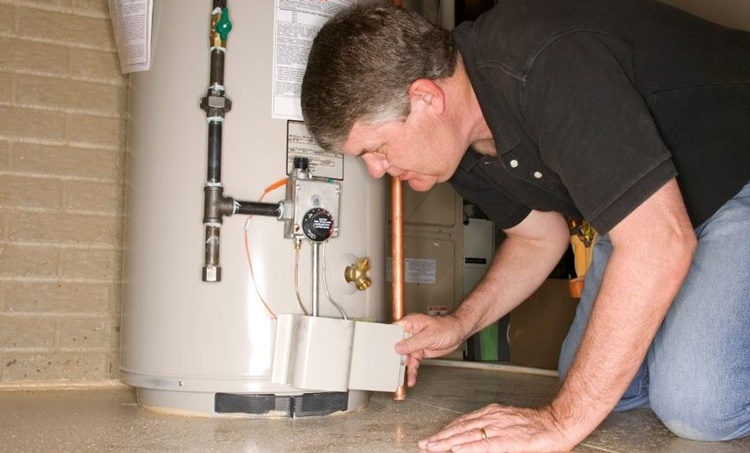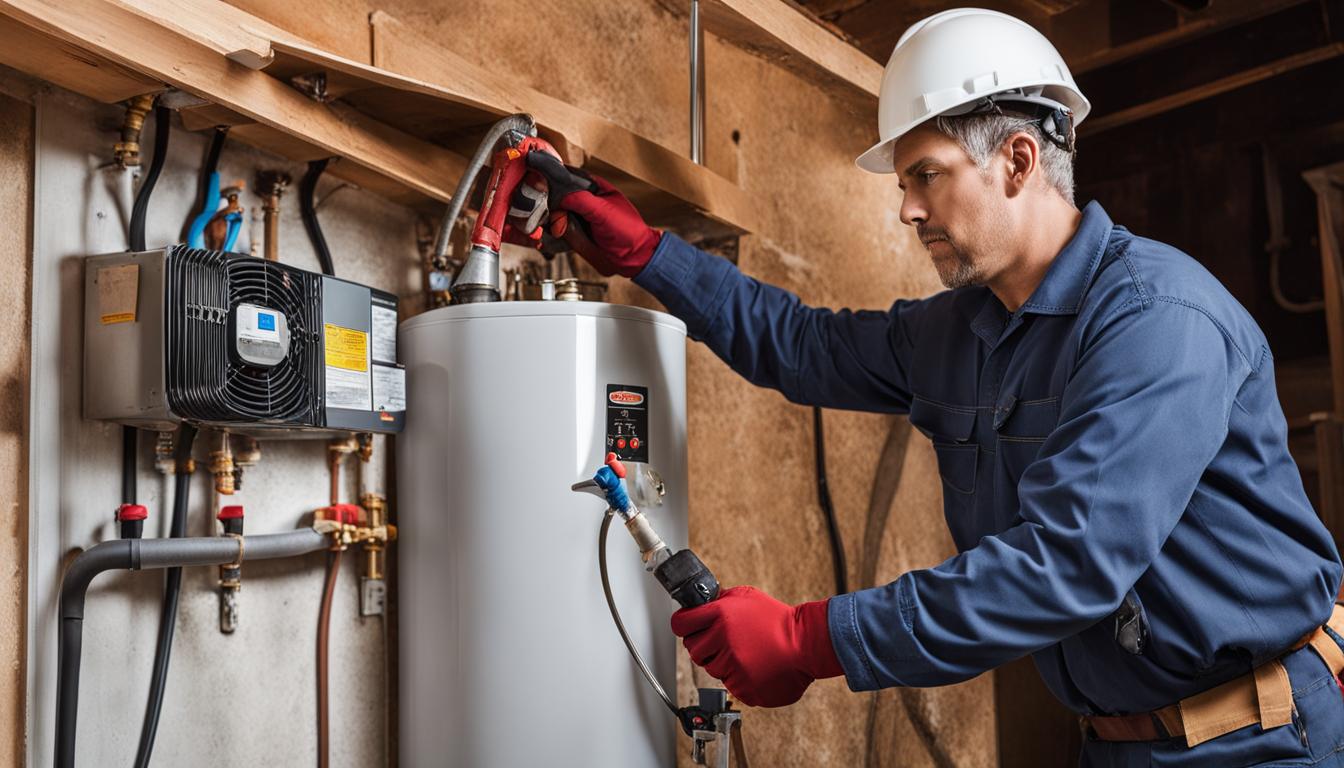Professional Tips for Caring for Your Home's Hot Water SystemEfficient Techniques for Maintaining Your Home's Hot Water SystemImportant Guidance on Maintaining Your Home's Hot Water System
Contact Us TodayHow do you actually feel when it comes to Water Heater Maintenance Tips You Can't Afford to Forget?

Warm water is essential for day-to-day convenience, whether it's for a refreshing shower or washing meals. To guarantee your warm water system runs efficiently and lasts longer, normal maintenance is essential. This post gives practical tips and insights on just how to keep your home's hot water system to avoid interruptions and expensive repair services.
Intro
Keeping your home's hot water system might seem complicated, yet with a couple of straightforward steps, you can ensure it operates smoothly for many years to find. This overview covers whatever from comprehending your warm water system to do it yourself maintenance tips and recognizing when to call specialist aid.
Importance of Maintaining Your Warm Water System
Normal upkeep not just prolongs the life expectancy of your warm water system however likewise guarantees it runs successfully. Disregarding upkeep can bring about lowered effectiveness, greater power expenses, and even premature failing of the system.
Indicators Your Warm Water System Requirements Maintenance
Understanding when your hot water system needs attention can protect against significant problems. Watch out for signs such as inconsistent water temperature, strange sounds from the heating system, or rustic water.
Flushing the Hot Water Heater
Purging your hot water heater gets rid of sediment build-up, boosting effectiveness and extending its life.
Checking and Changing Anode Rods
Anode rods prevent deterioration inside the storage tank. Examining and replacing them when broken is vital.
Complex Concerns Needing Professional Aid
Examples consist of significant leaks, electrical troubles, or if your water heater is consistently underperforming.
Regular Expert Upkeep Perks
Professional maintenance can consist of extensive inspections, tune-ups, and making certain compliance with safety and security requirements.
Inspecting and Readjusting Temperature Level Settings
Changing the temperature level settings makes certain ideal efficiency and safety and security.
DIY Tips for Upkeep
You can perform numerous maintenance tasks on your own to keep your warm water system in top condition.
Checking for Leakages
Frequently examine pipelines and connections for leakages, as these can bring about water damage and greater bills.
Comprehending Your Warm Water System
Before diving right into maintenance jobs, it's helpful to comprehend the standard components of your warm water system. Typically, this includes the hot water heater itself, pipes, anode rods, and temperature level controls.
Monthly Maintenance Tasks
Routine month-to-month checks can help capture small issues before they rise.
Testing Pressure Relief Valves
Examining the pressure relief valve guarantees it operates correctly and avoids extreme stress build-up.
Protecting Pipelines
Shielding warm water pipes decreases warm loss and can conserve power.
When to Call a Professional
While DIY maintenance is helpful, some concerns call for professional competence.
Verdict
Normal upkeep of your home's hot water system is crucial for effectiveness, long life, and price savings. By complying with these pointers and recognizing when to look for specialist aid, you can make certain a dependable supply of hot water without unforeseen disruptions.
Water Heater Maintenance: The Basics
Maintaining your water heater will ensure it operates efficiently and has a longer lifespan. Neglecting regular maintenance can lead to costly repairs and an even bigger chunk of your savings if you have to replace it sooner than necessary. But there’s good news: Most water heater maintenance tasks are relatively simple and easy for homeowners with basic DIY skills.
Flush the Water Heater
Over time, sediment and minerals can build up in the tank, reducing its efficiency and potentially causing damage. To flush the tank, turn off the power or gas supply, attach a hose to the drain valve near the bottom and open the valve to drain the water until it runs clear. Ideally, flush the tank annually.
Replace the Anode Rod
The anode rod is a sacrificial metal rod that helps prevent corrosion inside the tank. Inspect and replace it every three to five years or per the manufacturer's recommendation. To replace the anode rod, turn off the power or gas supply, drain a few gallons of water from the tank, unscrew the old rod and replace it with a new one. If the anode rod is significantly corroded or covered in calcium buildup, it's a sign the water heater may need to be replaced soon.
Tune-Up
A yearly tune-up can help identify potential issues and ensure your water heater operates at peak efficiency. This typically involves checking the thermostat, burner assembly (for gas heaters) and any other components specified by the manufacturer. During a tune-up, the technician may also clean the burner and adjust the pilot light (for gas heaters) or examine the heating elements (for electric heaters).
How to Maintain Your Water Heater
Insulate the tank. Insulating the tank can improve energy efficiency and reduce heat loss, saving you money on energy bills. You can purchase precut insulation blankets designed specifically for water heaters or use standard fiberglass insulation wrapped securely around the tank. Check the temperature. The recommended water temperature for most households is around 120 degrees Fahrenheit (49 degrees Celsius). Higher temperatures can increase energy costs and potentially cause scalding. Use a kitchen thermometer to check the temperature at the faucet nearest the water heater. Monitor water pressure. Excessive water pressure can strain the water heater and cause leaks or even tank failure. Install a pressure-reducing valve if necessary. The ideal water pressure range is between 60 and 70 PSI (pounds per square inch). Test the temperature and pressure (T&P) relief valve. The T&P relief valve is a safety feature that releases pressure if the tank gets too hot or the pressure builds up too high. Test it annually by lifting the lever and allowing a small amount of water to release. Replace the valve if it doesn't release water or reseal properly. Check for leaks. Regularly inspect the tank, pipes and fittings for leaks or corrosion. Deal with issues promptly to prevent further damage. Even a small leak can lead to significant water damage over time. Consider a tankless water heater. If your traditional tank-style water heater is nearing the end of its lifespan ( typically 10 years), consider replacing it with a tankless water heater. These units heat water on demand, reducing standby energy losses and potentially saving you money on your energy bills. Schedule professional maintenance. While homeowners can perform many water heater maintenance tasks, it's still a good idea to schedule professional maintenance every few years. A plumber or HVAC technician can thoroughly inspect the unit, identify potential issues and ensure it operates safely and efficiently. https://www.homeserve.com/en-us/blog/home-improvement/hot-water-heater-maintanence/

As a serious person who reads about How to Maintain Your Water Heater & Prolong its Life, I figured sharing that excerpt was really helpful. Those who enjoyed our article if you please don't forget to pass it around. I truly appreciate your readership.
Click Here